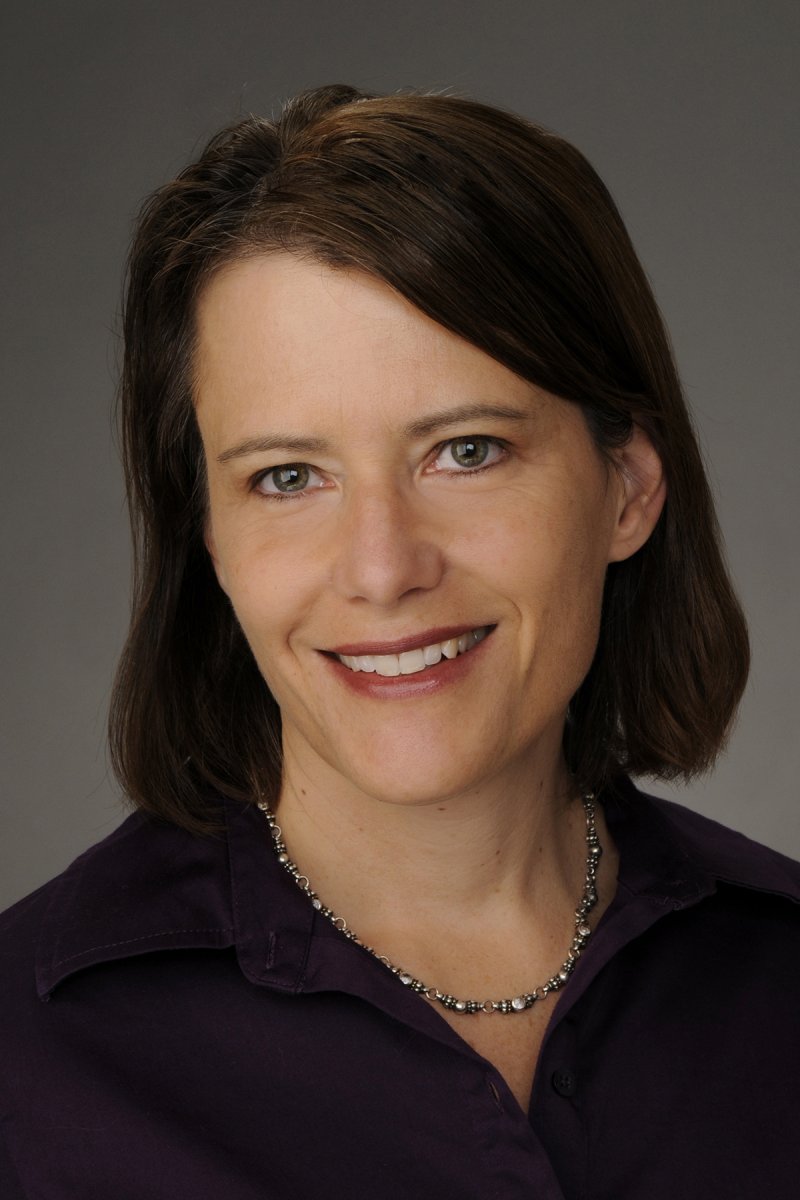Karen Ehrhardt-Martinez is based at the Unviersity of Colorado and also directs the Climate, Mind and Behavior Program at the Garrison Institute
Nature Climate Change, January 27, 2012

University of Colorado energy-behaviour researcher Karen Ehrhardt-Martinez — who in June 2011 became director of the Climate, Mind and Behavior Program at the Garrison Institute in upstate New York — believes that society can cut its energy use cheaply by up to 30% through behavioural changes alone. She talks to Nature Climate Change about achieving practical change.
What are your goals for the Climate, Mind and Behavior Program?
We’re trying to pull together social science research across the various disciplines and apply that in the real world — down to the cities level and the buildings level.
■■Why are you focusing on buildings?
People spend 90–95% of their time in buildings, and buildings are responsible for 41% of the United States’ energy consumption. Ultimately, what we’re trying to do is bring about a transformation in
people’s energy-use practices.
A lot of efforts in the past have been on mass marketing campaigns to figure out what’s the most effective message for the
average person. Instead, we might work with one or more cities, or one or more owners of building fleets.
■■Will this help people change their behaviour?
I hate to use the term ‘behavioural change’. To me it sounds like social engineering and has a horrible connotation. I like to describe it as helping people change their energy-use practices and reducing waste. Most people are very aware of the energy and climate issues we are faced with. There is evidence to suggest that the inaction shown by individuals is the result of multiple factors, and one is the overwhelming nature of the problem. People just feel incapacitated in the face of such a large problem. It’s not that they don’t know; they’re not sure what they can do. They’ll say: “I don’t live in a single family home,” or “I don’t have access to public transportation.” Some of these things are about just making it easier for people who are acting in default mode.
■■ Can you give an example of changing people’s default mode?
This is one I applied when I was chair, in 2009, of the annual Behavior, Energy and Climate Change Conference, convened by the American Council for an Energy-Efficient Economy (ACEEE), the Precourt Energy Efficiency Center at Stanford University and the California Institute for Energy and the Environment. I was very concerned about the energy costs — both direct and indirect — associated with conferences.
For almost all conferences, when conference planners provide meals, the typical meal includes meat. Then the vegetarians have to ask for a meat-free exception. I turned it around. We said at registration, “If you don’t want the vegetarian meal, check this box.” What happened was pretty amazing. At the previous ACEEE Behavior, Energy, and Climate Change Conference, about 80% took meat as the default. When we flipped it and made vegetarian meals the default, 20% ate meat.
■■What else did you do?
We made all of the sessions available online so that everyone could participate. That year it was in Washington DC. We suggested that people on the East Coast might consider taking the train instead of flying. We also provided a carpool site.
■■What’s a good idea for saving energy?
Providing energy users with feedback — meters are a good idea. We need to not just give people meters connected to the outside of their houses that they never look at, but provide them with in-home displays that show them their electricity consumption in real time. And we need to put them in a context that is meaningful to people. Almost all of the electricity saved by people in terms of feedback has nothing to do with product investment. It is saved by people not buying new air-conditioners and furnaces. They are changing their energy use practices. They’re not leaving lights on when they leave the room. They’re washing in cold water. They’re closing the blinds on a hot summer day.
■■What else?
Personal carbon allowances or personal carbon budgets are also good . They are a means of taking the whole idea of cap and trade to the individual level. You can do anything you want with your carbon budget. You can choose to live within your means, or you can buy from others living below their means, which makes those people better off financially. In my book [People-Centered Initiatives] there’s a chapter on personal carbon allowances. It comes out of England. That’s the origin of the idea. Basically, it is keeping track of everything: travel, food, and so on. The UK considered this as a policy, but it was not adopted. The reason I like it is that it engages people to be mindful of how their everyday lives have an impact on the climate. I think feedback and personal carbon allowances do that.
■■ Is there a way of making people’s default decisions the low-energy ones?
Yes, by creating a new policy and social context for energy. Things such as home energy labelling and green mortgages, which give better interest rates if the operating costs for that house are less. There are some efforts underway for creating home energy scores for a house. That would be part of the standard information packet provided to home buyers.
It is likely that if you buy a home with more square footage, you will be using more energy, but if the big home is well built it might not be as big a difference as you think. Most people don’t know that swimming pools and spas are a big contributor to home energy use. It’s a lot of small things that make it easier for people. Right now it is so hard. It’s a black box. We need to open it.
■■ How will you bring researchers and policymakers together at the Garrison Institute to achieve change in energy usage?
We’ll be doing and commissioning research. We will also develop more regional hubs. We already have three hubs in New York City, Denver/Rocky Mountains and Portland, Oregon, and we are establishing one in the southeastern United States.
To change energy-use practices, we need to understand the psychology and the social and cultural dimensions — how they shape and constrain our behaviour. We don’t operate in a vacuum. Our symposiums pull together people who are working at the buildings and cities levels, and integrate these social science insights into their efforts. ❐
About This Article
I met Karen Ehrhardt-Martinez at last year’s Climate, Mind and Behavior conference at the Garrison Institute. I had read some of her research in energy efficiency she’d done while working for the American Council for an Energy Efficient Economy. Her interest in how people live intrigued me, and I also believe this aspect of the energy-use equation goes underreported and that energy producers pay too little attention to it. So I asked to interview her, and my editors at Nature Climate Change were interested. Ehrhardt-Martinez and I talked three times on the phone, a total of about four hours’ conversation. From those talks, I culled this piece.
